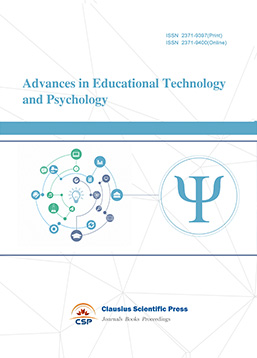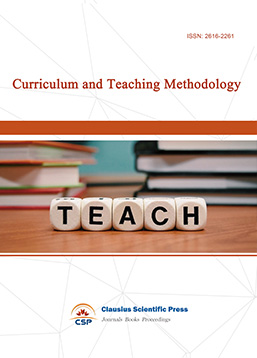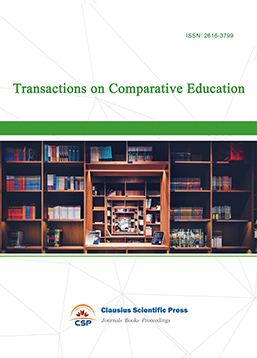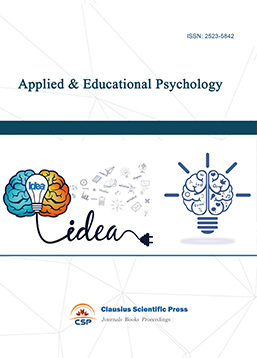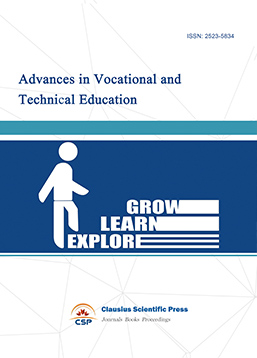Research on the Network Intervention Experiment of College Students' Sports Morality under the Background of the 'Three-Dimensional Education' in Chongqing
DOI: 10.23977/aduhe.2025.070203 | Downloads: 13 | Views: 614
Author(s)
Huijian Deng 1, Jingzhong Zhao 1, Yige Tao 2
Affiliation(s)
1 Physical Education Department, Chongqing University of Technology, Chongqing, China
2 Xiamen University, Xiamen, 361005, China
Corresponding Author
Huijian DengABSTRACT
This study explores enhancing university students' sports morality through social network analysis within the "Three-Dimensional Education" framework, integrating moral, intellectual, and physical education. It focuses on how sports can be leveraged for moral education, in line with national vision. The research targets second-year students at Chongqing University of Technology enrolled in a badminton course, using social network analysis to identify key nodes that influence sports morality. By intervening with these central nodes, the study hypothesizes that positive behaviors will spread throughout the network, improving overall sportsmanship and teamwork. Through surveys and a targeted intervention experiment, the study aims to provide insights into the role of social networks in moral education and develop a model for future interventions to enhance university students' sports morality.
KEYWORDS
Sports morality, social networks, interventionCITE THIS PAPER
Huijian Deng, Jingzhong Zhao, Yige Tao, Research on the Network Intervention Experiment of College Students' Sports Morality under the Background of the 'Three-Dimensional Education' in Chongqing. Adult and Higher Education (2025) Vol. 7: 11-18. DOI: http://dx.doi.org/10.23977/aduhe.2025.070203.
REFERENCES
[1] Xi, J. P. (2023). Speech at the National Conference on Ideological and Political Work in Universities. Journal of National Education Policy, 6(12), 5-12.
[2] Yuan, H. L. (2010). On the moral education thought in Cai Yuanpei's "The middle school moral education textbook". Morality and Civilization, (05), 135-139.
[3] Shuman, P., et al. (2024). System optimization in higher education through social network analysis. Education Studies Review, 33(7), 89-102.
[4] Chen, M., & Jia, X. (2023). The role of traditional Chinese culture in enhancing the Three-Dimensional Education system. Journal of Educational Theory, 5(2), 45-56.
[5] Zhang, F., & Wu, Z. H. (2023). The integration of physical education and moral education: Challenges and opportunities. Journal of Physical Education Theory, 17(1), 45-59.
[6] Du, Y., & Li, H. (2021). Exploring the significance of sports moral education for university students. Journal of Physical Education, 29(6), 123-135.
[7] Pouwels, J. L., Salmivalli, C., Saarento, S., van den Berg, Y. H., Lansu, T. A., & Cillessen, A. H. (2018). Predicting adolescents' bullying participation from developmental trajectories of social status and behavior. Child development, 89(4), 1157-1176.
[8] Scott, J. (2011). Social network analysis: developments, advances, and prospects. Social network analysis and mining, 1, 21-26.
[9] Sha, J. Y., Zhang, X. K., &Liu, Q. D. (2023). Do people cluster? The impact of comparative academic motivation on adolescent peer selection. Psychological Development and Education, 39(5), 683-690.
[10] Valente, T. W., & Davis, R. L. (1999). Accelerating the diffusion of innovations using opinion leaders. The Annals of the American Academy of Political and Social Science, 566(1), 55-67.
[11] Coie, J. D., & Dodge, K. A. (1983). Continuities and changes in children's social status: A five-year longitudinal study. Merrill-Palmer Quarterly (1982-), 261-282.
[12] Tang, L. J., & Cai, H. (2019). Sports morality evaluation system. Journal of Sports Ethics, 5(3), 21-35.
[13] VanderWeele, T. J., & An, W. (2013). Social networks and causal inference. Handbook of causal analysis for social research, 353-374.
| Downloads: | 22176 |
|---|---|
| Visits: | 1244466 |

 Download as PDF
Download as PDF